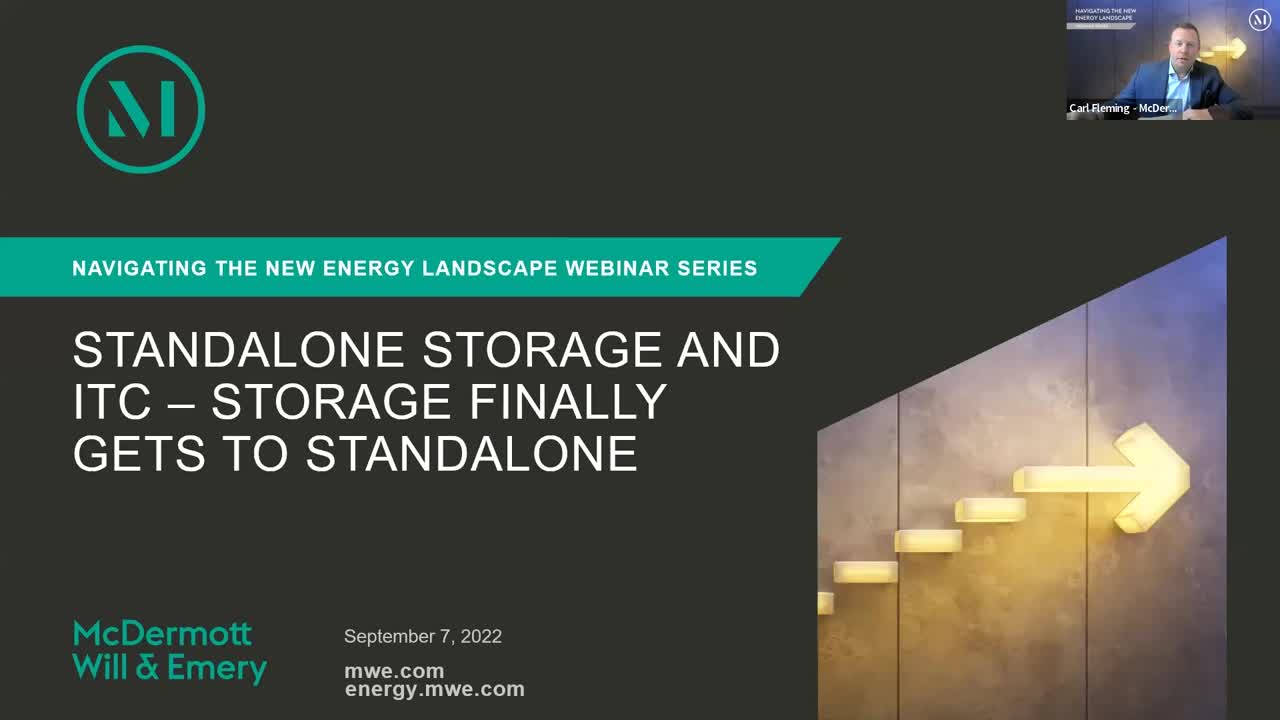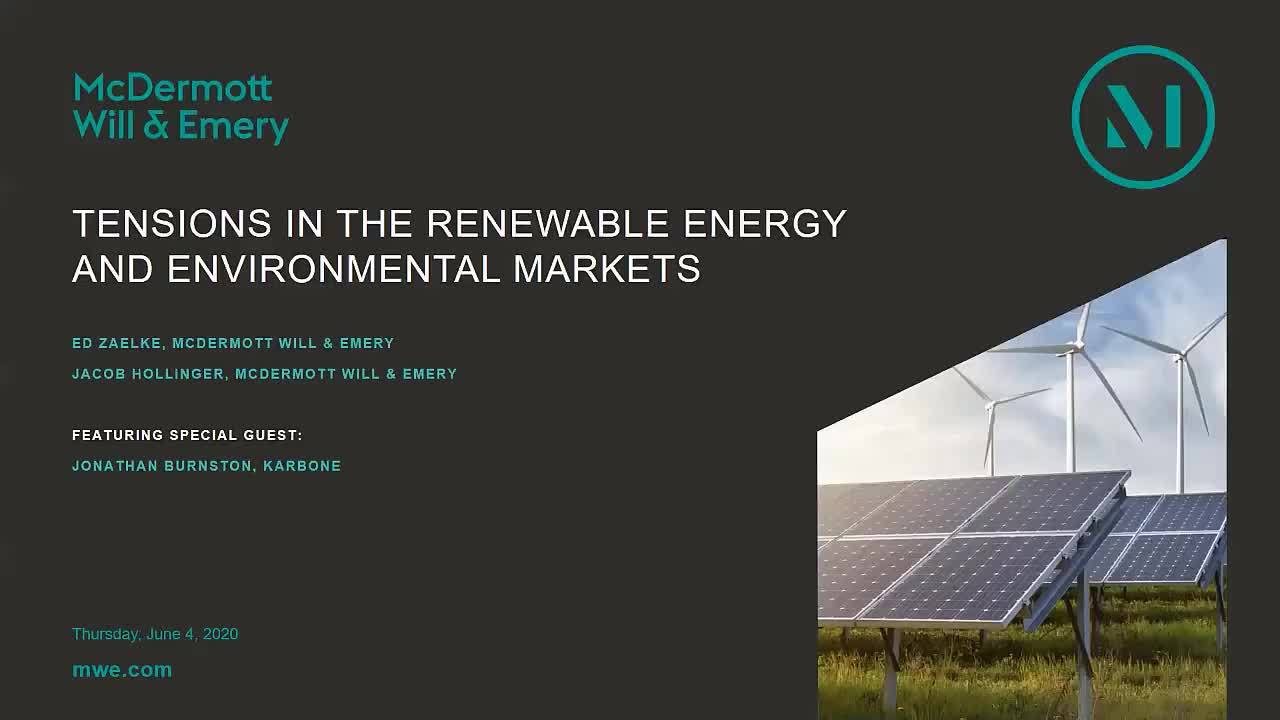We greatly appreciate our readers over the past year and are pleased to share that we were recently recognized for our energy thought leadership in the 2023 JD Supra Readers’ Choice Awards, which acknowledge top authors and firms for their thought leadership in key topics during all of last year.
Carl Fleming, a regular contributor to Energy Business Law, was recognized as a “Top Author” for energy. His principal areas of practice are renewable energy and private equity, and he provides legal, commercial and strategic advice on the development, purchase and sale and financing of renewable energy projects in wind, solar, energy storage, electric vehicles and other low carbon solutions.
Through our various blogs, thought leadership pieces and energy-focused events, we are dedicated to maintaining our position as a leading firm for energy work and keeping clients abreast of significant and relevant topics in the industry.
read more

 Subscribe
Subscribe


